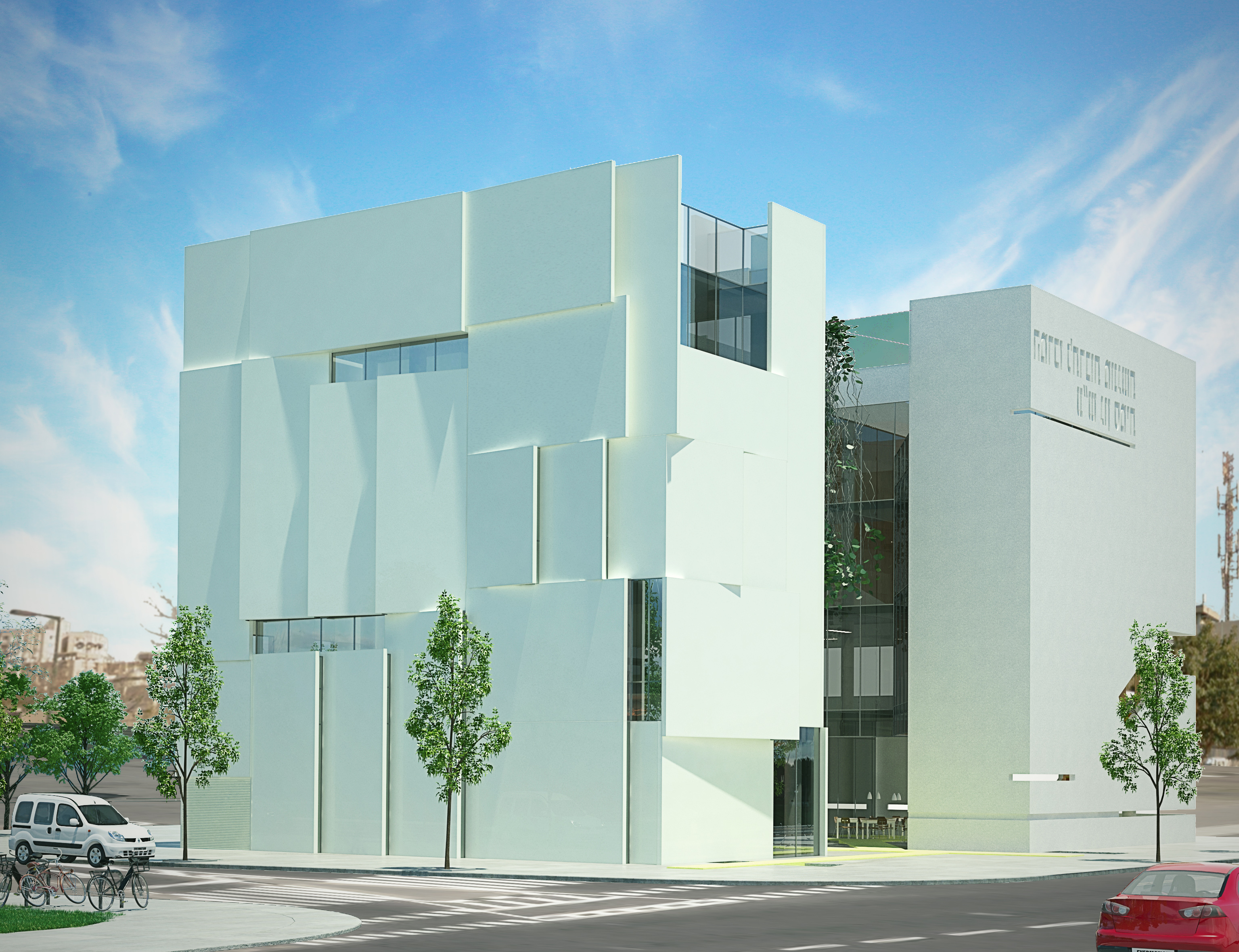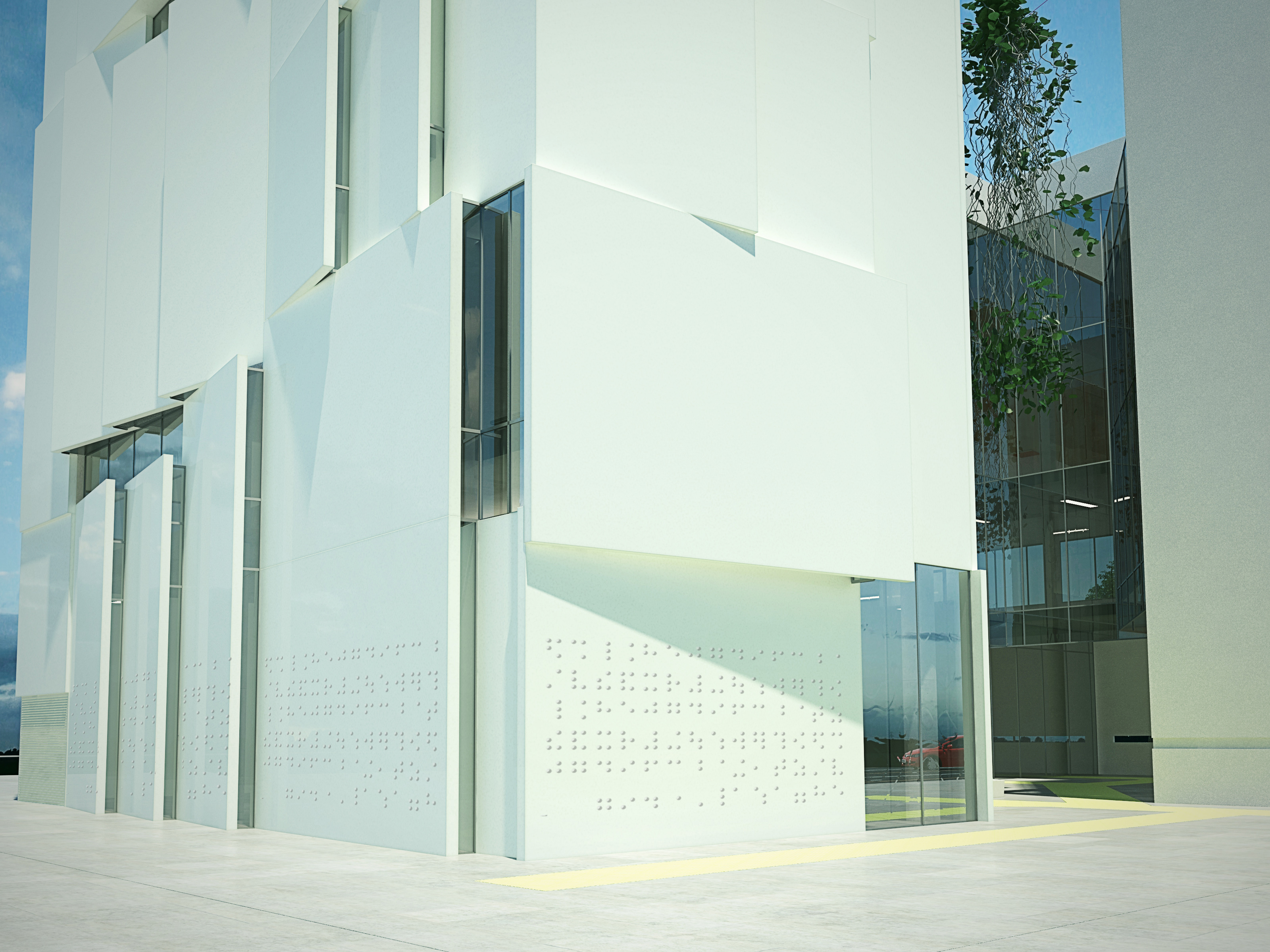Annual Report 2017
Hello,
As we reach the end of 2017, we are proud once again to share with you our wide range of activities to benefit blind, visually impaired and reading impaired people in Israel.
I would like to thank all our supporters, donors, partners, the members of the Executive Committee, and of course, members of the Library staff for your strong support and hard work. We couldn’t have done it without you!
“The possibility that a dream will come true is what makes life interesting” – Paulo Coelho.
This year we launched a new project to help blind, visually impaired and reading impaired artists break into the world of art and culture. We invited them to take part in accessible training courses, whether for the purpose of acquiring a profession, integrating into the workforce or for study, enrichment and professional development. We believe that we must provide the best possible standard of accessible training, as it is key in helping to reduce the cultural gap. In this regard we would like to emphasize that we seek to act only where we can give an added value - we do not seek to segregate blind and sighted people.
Because of our professional interest in the written word, we chose to begin with literary writing. We collaborated with the reputable school of creative writing, “Home Workshop” of author Eshkol Nevo and poet Orit Gidali, and together we developed a course that is accessible to visually impaired people. Demand for the course was very high, and to date it has been held three times, twice for beginners and one for advanced level, and 35 people from all over the country have taken part in it.
"The Central library for Blind and Reading Impaired people is a center for creativity that enriches Israeli culture. I am happy to accompany and partner the Library in its important developments for the benefit of the visually and reading impaired population, and I believe that collaboration of this kind benefits all parties – the visually impaired artists and those enjoy the fruits of their creativity". Novelist, Eshkol Nevo.
The Center for Accessible Culture that the Library is in the process of establishing will enable us to broaden our activities in this area, in line with our vision, by giving these visually impaired creators a proper platform to present their works.
“I don’t try to dance better than anyone else, I try to dance better than myself.” Michael Baryshnikov
Once again, thanks to the hard work of Library staff, we have succeeded in expanding our activities that provide cultural accessibility. We have increased our cooperation with various organizations including Calcalist, Maccabi Healthcare Services and others, and in general we have continued to raise awareness of our activities among the population as a whole.
This year we broke our own record for the quantity of accessible content we produced. With the support of the Ministry of Culture, we produced thousands of accessible books and compilations from the press in recorded, Braille and large print formats. And with the support of the Ministry of Education we produced a record number of 4,500 textbooks in Braille and large print for blind, visually impaired and reading impaired students, thereby facilitating their integration into ordinary schools. We know that given the right tools these students can acquire an education and a profession and develop a career that will enable them to support themselves and their families with dignity and to contribute to society in general.
In theater, we held 32 accessible performances, including Habima Theater’s Hatsama shel Aba, Gesher Theater’s Beminhara and Beit Lessin Theater’s Hakomah Hshlishit. In July we had the honor of making the opening ceremony of the Maccabia Games accessible. In cooperation with the Israel Opera we made an opera accessible – a tradition that we intend to continue in 2018. And for the first time, for Hanukkah, we provided accessible performances of the children’s play, Madagascar and the Festigal . An analysis of the statistics relating to the Library’s audio description for theater indicates the importance and necessity of the service, for example 87% of respondents noted that audio description motivated them to attend more plays.
In cinema, we produced audio description for some 40 films that are available from the Library catalogue, and in addition we made four films accessible for cinema screenings (in Hebrew): Past Life, Beyond the Mountains and Hills, Fence Your Best, and Maktub that were shown in 16 separate public screenings. This year, for the first time, we participated in the social cinema festival in Lod, and in Accessible Film Week in cooperation with Rishon Lezion Municipality and Cinema City, who enabled the screening of a variety of films. We also made accessible the short film Aish Babeten that was screened in Israel’s Knesset to mark Equal Rights Day for People with Disabilities.
In the plastic arts we continued our activities in making art exhibitions accessible, and we were partners in the exhibition Ma Meragesh in Tel Aviv Artists’ House. For the Beersheba Anzac Museum we produced audio description for the film that presents the historical story of the Australian soldiers, and we produced recorded audio description for the exhibition. In addition, this year we began to work with Tel Aviv Museum, where 7 major works of art have been made accessible, and we hope that in the coming year visitors will enjoy integrated accessible content.
We would like to commend the employees of Teva Netanya, who volunteered for the library and contributed their time to type and proofread books, accompany workshops and for narration.
“We shape our buildings, and afterwards, our buildings shape us.” Winston Churchill.
The Library’s flagship project – establishing a Center for Accessible Culture in Tel Aviv, the first of its kind in Israel, is taking shape, and construction will begin in a few months’ time. We are excited to present the innovative building that will house the Center, planned and designed by OKA Architects and Town Planners, using Braille as a central design motif.
Part of the outer walls of the Center will be like pages, with different texts printed on them in Braille. Our aim has always been to enable blind and visually impaired people to enjoy culture as if they could see, but here, for the first time, we aim to allow sighted people to enjoy culture as if they were blind, and to demonstrate that the words ‘watch’, ‘read’, ‘see’ and ‘experience’ can be understood in different ways. What matters is how you feel in your heart, what you remember, and what is etched into your consciousness.
The building will surround an inner courtyard that will be open at one end directly onto Moshe Dayan Street, as an invitation both to the blind and reading impaired public and to the general public to enjoy a variety of accessible cultural activities. We believe that by enhancing the social discourse we will raise awareness that for us, exposure to culture and information is not a luxury but a necessity, like the air we breathe.


We still need funding for various sections of the Center for Accessible Culture in order to become fully operative. Should you personally know any potential investor who would like their name to be associated with the Center, we would be grateful if you would share this information with them. In recognition of their support, the space will be dedicated according to the donor’s wishes. Please help us to shape a cultural future for all of us!
Finally, it is my privilege to thank Mr Zvi Engel, Chairman of the Board, and all the Executive Committee for their tireless work and for the significant contribution that they have made to the advancement of the Library.
Sincerely
Amos Be’er
CEO, The Central Library for Blind and Reading Impaired People